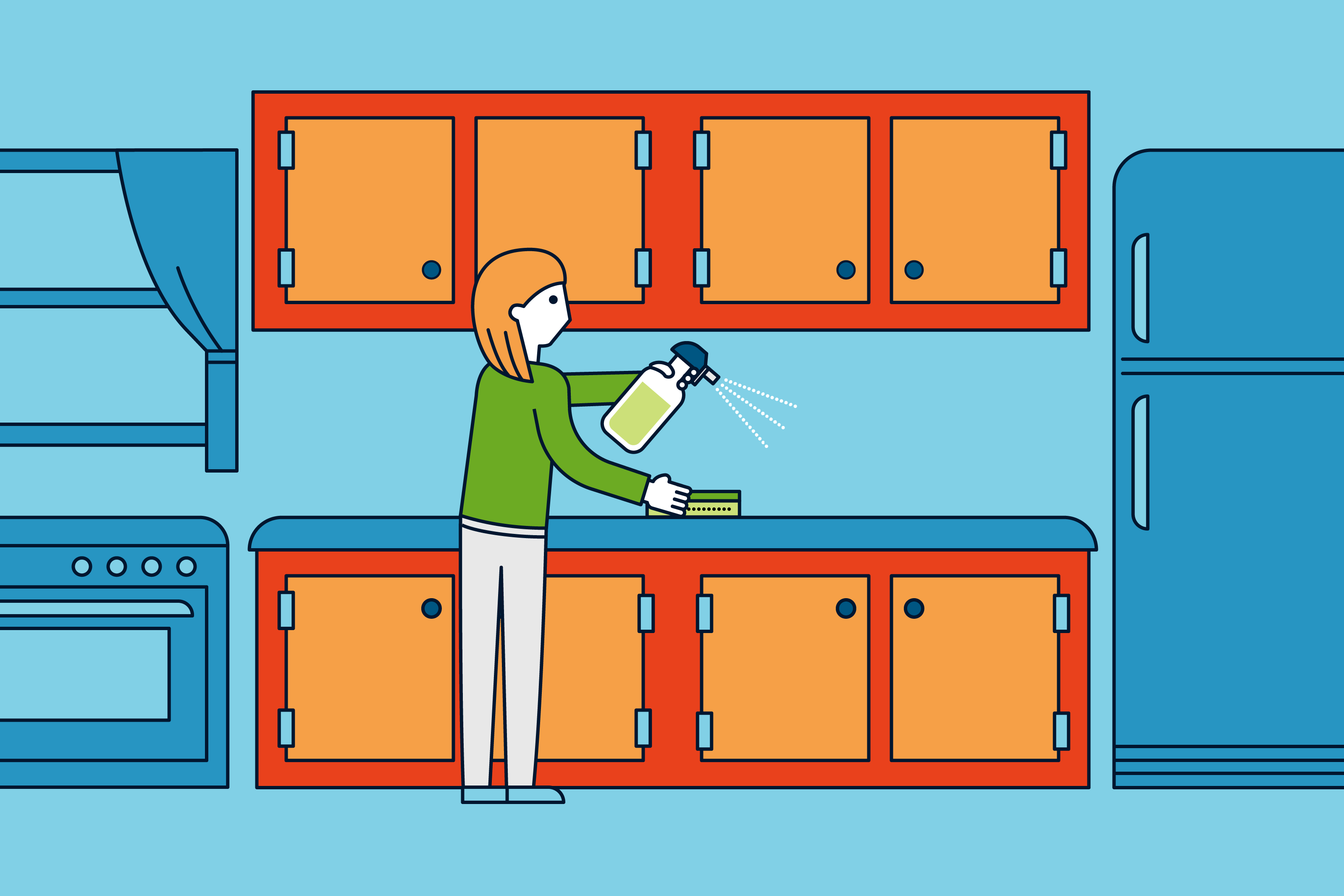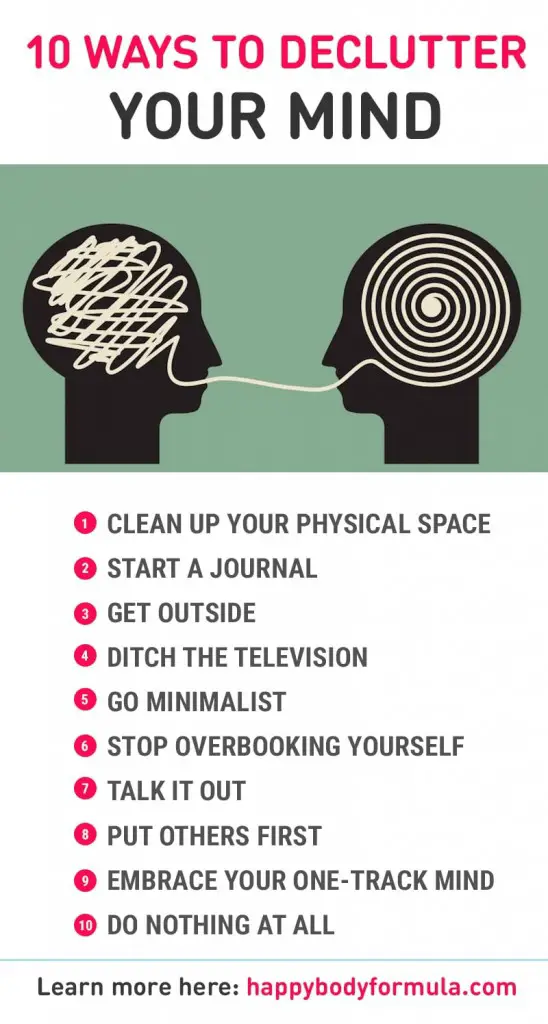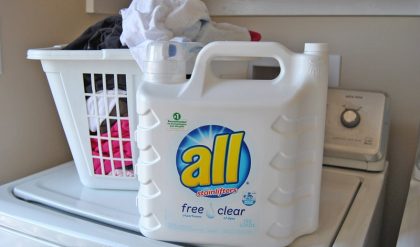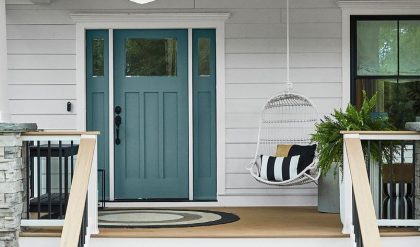
Declutter Your Life: A Simple 5-Step Guide to a Tidy Home
Is your home feeling more like a storage unit than a sanctuary? Are you tripping over piles of “stuff” and drowning in a sea of possessions? You’re not alone. Many of us struggle with clutter, but the good news is, reclaiming your space and your sanity is entirely achievable. This isn’t about harsh purges or minimalist extremes; it’s about creating a home that nurtures you, not overwhelms you. This 5-step guide offers a practical, creative approach to decluttering, turning the process from a daunting task into a rewarding journey.
Step 1: The Mindful Sort – Beyond the Visual
Before you even touch a single item, take a deep breath. Decluttering is as much a mental exercise as a physical one. Begin by visualizing your ideal space. How do you *want* to feel in your home? Calm? Inspired? Energized? This vision will guide your choices. Now, let’s move beyond the surface. Don’t just look at what’s cluttered; *feel* it. Does holding onto certain items trigger stress, guilt, or sadness? Acknowledging the emotional baggage attached to possessions is crucial. This isn’t about discarding sentimental items carelessly; it’s about understanding their place in your life and whether they truly contribute to your well-being.
Step 2: The Four-Box Method – Categorize and Conquer
Now for the practical work. Gather four boxes (or clearly labelled areas):
| Box | Description |
|---|---|
| Keep | Items you use regularly and love. |
| Donate | Items in good condition you no longer need. |
| Discard | Broken, damaged, or truly unusable items. |
| Relocate | Items that belong elsewhere in your home. |
Work room by room, tackling one category at a time (e.g., all clothes, then all books). Be honest with yourself. If you haven’t used something in a year (with a few exceptions like seasonal items), it’s likely a candidate for donation or discarding. The key here is consistent, manageable chunks, not overwhelming yourself with a whole-house blitz.
Step 3: The “One In, One Out” Rule – Maintaining Momentum
Decluttering is not a one-time event; it’s a lifestyle choice. To prevent future clutter buildup, adopt the “one in, one out” rule. For every new item that enters your home, an old, similar item must leave. This simple strategy prevents accumulation and maintains a sense of order. Consider this a mindful consumption practice, not a restrictive one. It’s about being intentional with your purchases and appreciating what you already own.
Step 4: Creative Storage Solutions – Functionality and Aesthetics
Once you’ve decluttered, focus on smart storage. This isn’t about hiding clutter; it’s about creating a functional and aesthetically pleasing space. Invest in stylish storage solutions that fit your style and maximize vertical space. Utilize baskets, shelves, drawer organizers, and even repurposed items to keep things neat and accessible. Remember, visible storage can be beautiful too! Think open shelving with carefully curated items instead of crammed closets.
Step 5: The Ritual of Tidying – Cultivating a Habit
Finally, incorporate tidying into your daily or weekly routine. Spend 15-20 minutes each day putting things back in their place. This prevents small messes from snowballing into overwhelming clutter. Think of it as a form of self-care, a small act of mindfulness that creates a calmer, more peaceful environment. Regular, small efforts are far more effective than sporadic, large-scale decluttering marathons.
Conclusion: A Decluttered Home, A Decluttered Mind
Decluttering isn’t just about a tidy home; it’s about creating space for peace, creativity, and joy. By following these five steps, you can transform your home from a source of stress into a sanctuary of calm. Remember, the journey is more important than the destination. Be patient with yourself, celebrate small victories, and enjoy the process of creating a space that truly reflects your best self.

Additional Information
Decluttering Your Life: A Deeper Dive into the 5-Step Process and its Impact
While a simple 5-step guide provides a framework for decluttering, true success hinges on understanding the underlying psychological and practical aspects. This analysis delves deeper into each step, exploring potential challenges and offering strategies for enhanced effectiveness.
Beyond the 5 Steps: A Deeper Analysis
Many “5-step” decluttering guides often lack the crucial nuance necessary for lasting change. Let’s unpack each step with a more analytical lens:
1. Categorize & Sort: This seemingly straightforward step is where many individuals falter. Simply categorizing by “clothes,” “books,” and “kitchenware” is insufficient. A more effective approach requires granular categorization. For example, “clothes” should be broken down into “tops,” “bottoms,” “outerwear,” “underwear,” etc. This allows for a more precise assessment of quantity and usage. The “sort” component should involve ruthless honesty: Does this item serve a purpose? Do I love it? Is it in good condition? Ignoring emotional attachment is key here. The KonMari method, for example, leverages this by focusing on items that “spark joy,” a subjective but powerful metric for decision-making.
2. Purge & Discard: This step requires a defined strategy for disposal. Simply throwing things away is often inefficient and wasteful. Consider these options:
- Donation: Many charities are happy to receive gently used items. This provides a sense of purpose beyond simply discarding.
- Recycling: Properly recycling reduces environmental impact and adheres to responsible waste management principles.
- Selling: Online marketplaces (eBay, Craigslist, Facebook Marketplace) and consignment shops provide options for generating income from unwanted items. This can also address the emotional barrier of letting go, as the financial compensation provides justification.
- Repurposing: Creative individuals can repurpose items, extending their lifespan and reducing waste. For example, old t-shirts can become cleaning rags.
3. Clean & Organize: Cleaning is more than just wiping surfaces. It involves deep cleaning—vacuuming, dusting, and potentially professional cleaning for larger spaces. Organizing involves establishing systems for storage that consider frequency of use and accessibility. This necessitates investing in storage solutions—shelves, drawers, containers—that fit your space and lifestyle. The 80/20 rule (Pareto Principle) can be useful here: 20% of your belongings likely account for 80% of your daily use. Prioritize easily accessible storage for these items.
4. Maintain & Prevent Clutter: This is the most crucial yet often overlooked step. The success of decluttering depends on preventing future accumulation. This requires implementing strategies like:
- One-in, one-out rule: For every new item brought into the home, an equivalent item must be removed.
- Regular purging: Schedule regular decluttering sessions (weekly, monthly, or quarterly) to prevent build-up.
- Mindful purchasing: Avoid impulse purchases. Consider whether an item is truly necessary before acquiring it.
5. Evaluate & Adapt: The process of decluttering should be iterative. Regularly evaluate your systems and adapt them as your needs and lifestyle change. What worked initially might not work indefinitely. Flexibility and a willingness to adjust are vital for long-term success.
Statistical and Case Study Considerations:
While precise statistics on decluttering’s impact are limited, studies on minimalism and its correlation to improved mental well-being offer supporting evidence. For instance, research shows that a less cluttered environment can reduce stress and anxiety levels, improving focus and productivity. Similarly, case studies showcasing individuals’ experiences after decluttering often highlight improved mood, enhanced self-esteem, and increased feelings of control over their lives. The lack of hard quantitative data doesn’t negate the significant qualitative benefits reported anecdotally across numerous sources.
Conclusion:
A successful decluttering experience is not merely about a tidy home; it’s about cultivating a mindful approach to possessions and establishing sustainable habits that promote mental clarity and improved well-being. The 5-step guide provides a foundational framework, but the deeper understanding and implementation of the underlying principles are what truly differentiate a temporary tidy-up from a lasting transformation.






